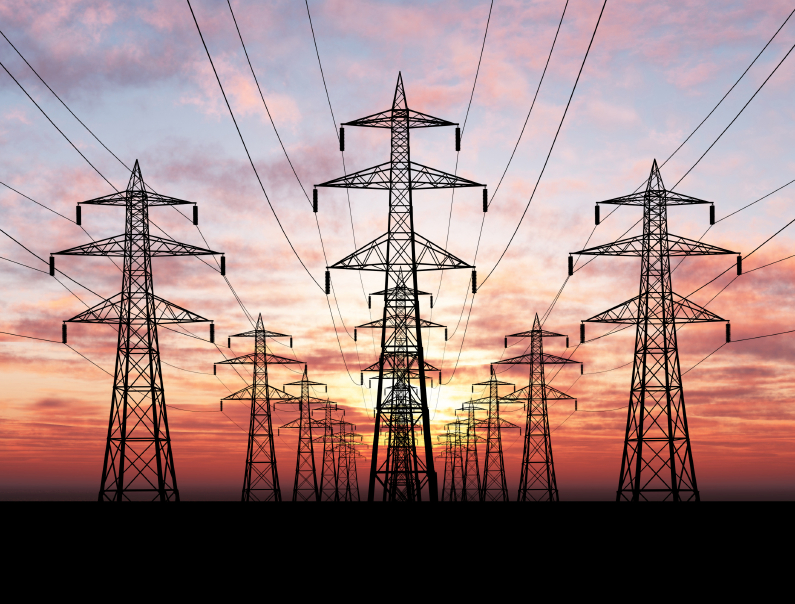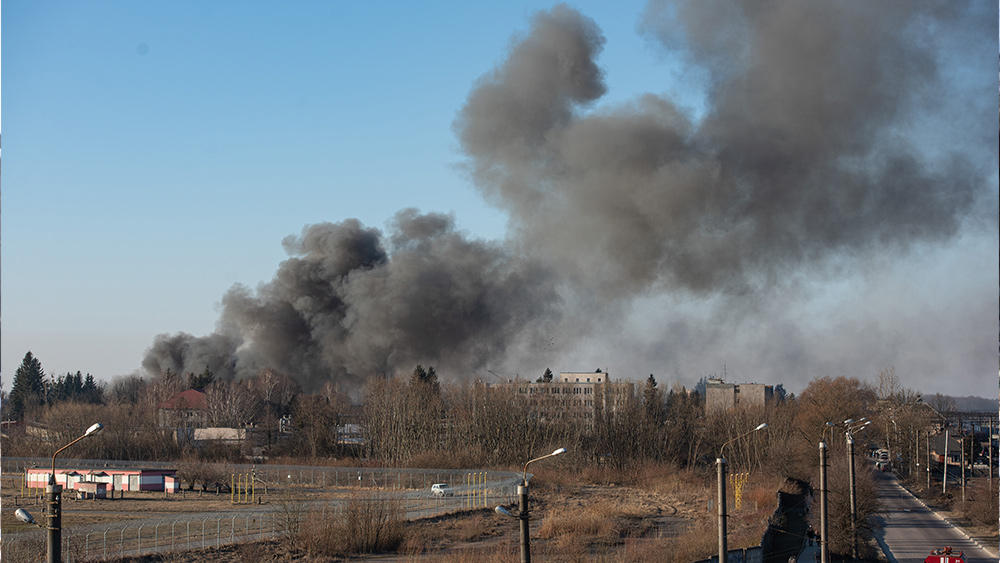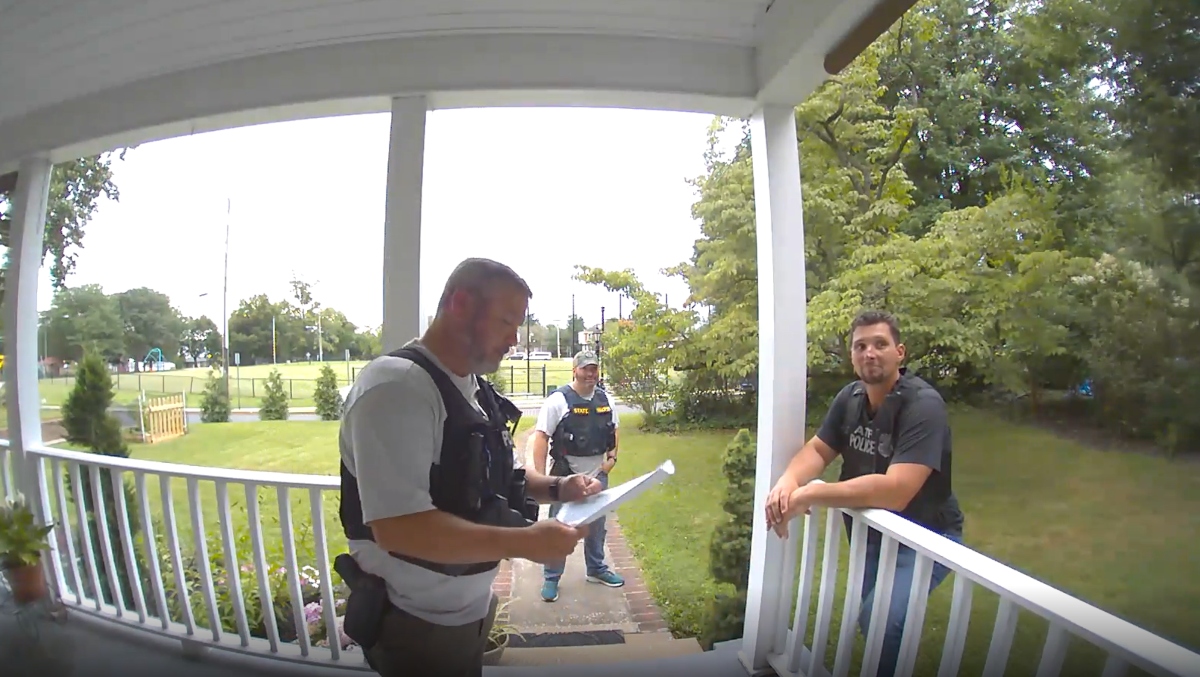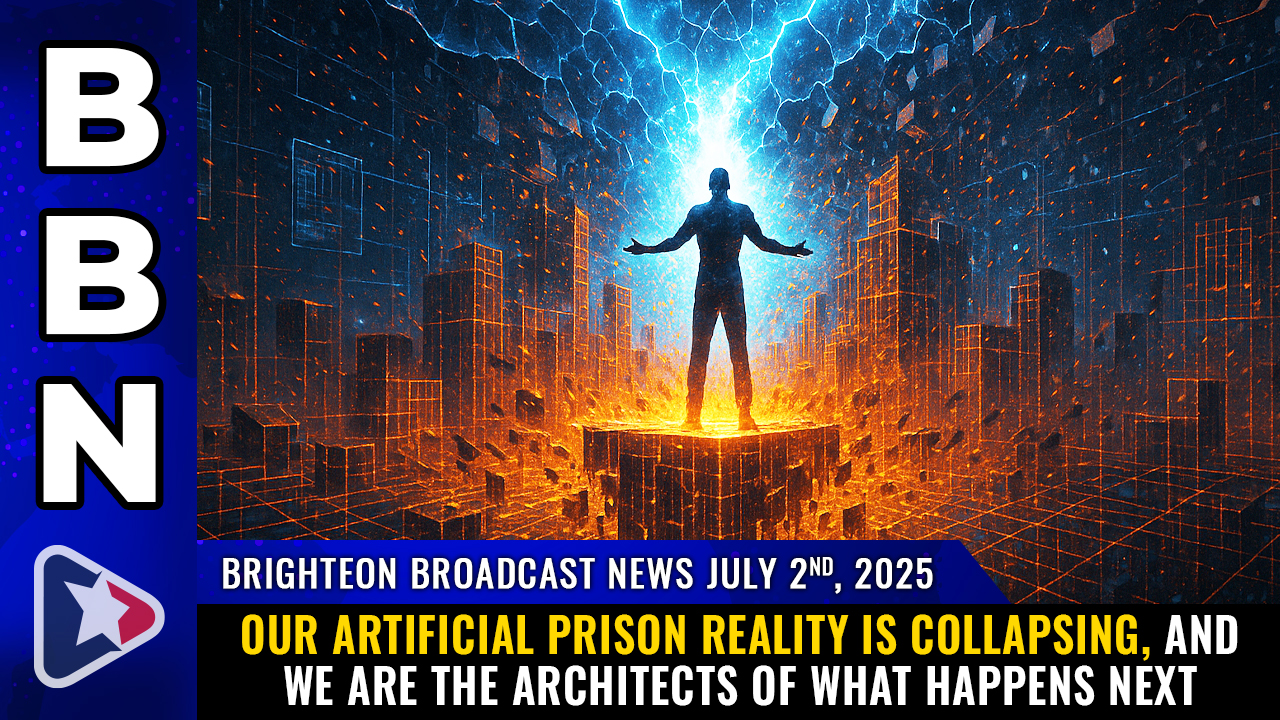Texas enacts landmark law to curb data center power consumption amid grid strain
07/01/2025 / By Belle Carter

- Gov. Greg Abbott signed S.B. 6 into law on June 20, requiring data centers and other large power consumers connected to the ERCOT grid to accept curtailment during firm load shed events.
- ERCOT predicts that grid loads will surge from 87 GW in 2023 to 138 GW by 2030, driven by data center expansion. This growth poses a significant risk to grid reliability, especially during maintenance periods for thermal generators in spring and fall.
- S.B. 6 mandates curtailment and includes a voluntary demand response program. Loads of 75 MW or more can ramp down or switch to backup generation upon request. The law also introduces new rules for interconnection disclosure, cost-sharing and colocation of large loads with existing generators.
- The legislation aims to provide regulatory certainty for independent power producers and data centers. Market incentives, such as financial rewards, are emphasized to encourage participation. Some data center operators are open to voluntary curtailment, while others are resistant.
- S.B. 6 could help ERCOT gain a more accurate forecast of future load growth and address the issue of “phantom loads.” The law’s core provisions might be adaptable to other states, particularly in the PJM Interconnection, to precondition or accelerate the interconnection of large loads based on their willingness to participate in demand response.
Texas Republican Gov. Greg Abbott signed Senate Bill 6 (S.B. 6) into law on June 20. This landmark legislation mandates that data centers and other large, non-critical power consumers connected to the Electric Reliability Council of Texas (ERCOT) transmission grid must accept curtailment during firm load shed events.
The enactment of S.B. 6 is a direct response to the looming threat of grid instability as Texas experiences an unprecedented boom in data center construction. ERCOT forecasts that large loads on its grid will skyrocket from 87 gigawatts (GW) this year to 138 GW by 2030. This exponential growth, driven primarily by the proliferation of data centers, poses a significant risk to grid reliability, particularly during the spring and fall months when thermal generators undergo maintenance. (Related: Goldman Sachs warns U.S. power grid nearing collapse as AI and EVs overwhelm aging infrastructure.)
Data centers are expected to be the largest single source of load flexibility, with up to 50 percent of the anticipated 35 GW of ERCOT’s data center capacity potentially providing emergency reliability support by 2030, according to Aurora Energy Research. However, the sheer scale of these loads could overwhelm the grid, especially if only a fraction of the proposed data centers are built. ”
S.B. 6, which pairs mandatory curtailment with a voluntary demand response procurement program, is designed to mitigate these risks. Under the law, loads of 75 megawatts (MW) or more can ramp down or switch to backup generation at utilities’ request. The legislation also introduces new interconnection disclosure and cost-sharing rules, mandatory interconnection study fees and protocols for co-locating large loads with existing generators.
Capstone energy analysts Monica Chen and Jack Painter noted in a note that S.B. 6 “will provide regulatory certainty for independent power producers, such as Vistra Corp. and NRG Energy, and data centers seeking colocation arrangements.”
Importance of advance warning
The advance warning period is crucial for the voluntary program, especially for hyperscale data centers with sensitive IT equipment worth billions.
“This should not be the kind of demand response where you’re calling it with no notice and curtailing the customer straight off,” said Travis Kavulla, NRG Vice President of Regulatory Affairs.
Kavulla emphasized the importance of market incentives, stating, “Nothing gets people thinking like offering them money. “While the mandatory program is expected to alleviate stress on the ERCOT grid during extreme weather events, the voluntary program’s success hinges on customer uptake. Some data center operators have expressed openness to voluntarily curtailing their loads or switching to onsite backup generation, while others have been more resistant.
Kavulla and Texas Blockchain Council President Lee Bratcher praised other S.B. 6 provisions, such as the $100,000 minimum initial interconnection fee for large load customers and the requirement that such customers disclose to utilities any potentially duplicative interconnection requests elsewhere in Texas. These measures aim to address the issue of “phantom loads” that have been clogging utility and grid operator forecasts.
Broader implications
Bratcher noted that the law could help ERCOT gain a more accurate picture of future load growth.
“The Texas Blockchain Council and our member companies are glad to see that Senate Bill 6 tackles the phantom load challenge,” he said in an email.
Some experts estimate that 80 to 90 percent of proposed data centers in the U.S. interconnection queue will never be built, partly due to duplicate requests in other utility territories.
While Texas’ intrastate electricity market makes it a unique case, Kavulla suggested that some core S.B. 6 provisions could be transferable to other states in the restructured Eastern markets. For instance, states in the PJM Interconnection “could certainly precondition or accelerate interconnection of large loads based on their willingness to participate in demand response,” he said.
S.B. 6 represents a significant step in addressing the challenges of grid reliability in the face of rapid data center expansion. By mandating curtailment and introducing voluntary demand response programs, Texas is pioneering a model that could be replicated in other states. As Kavulla aptly put it, “They have decided to create a market and test [customers’] willingness to participate.” The success of this legislation will depend on the willingness of data center operators and other large power consumers to engage with the new regulatory framework and contribute to the stability of the ERCOT grid.
Watch the video below that talks about energy and data centers in Texas.
This video is from the Brighteon Highlights channel on Brighteon.com.
More related stories:
The AI energy surge: How data centers are reshaping global electricity grids.
“Bomb the data centers”: Eric Schmidt sounds AI war warning amid U.S.-China race.
Google expands nuclear power investment to fuel AI data center surge.
Sources include:
Submit a correction >>
Tagged Under:
AI, big government, Collapse, computing, data centers, electricity, energy supply, ERCOT, future tech, Glitch, Greg Abbott, new energy report, phantom loads, power, power grid, rationing, scarcity, Texas
This article may contain statements that reflect the opinion of the author
RECENT NEWS & ARTICLES
COPYRIGHT © 2017 COLLAPSE.NEWS
All content posted on this site is protected under Free Speech. Collapse.news is not responsible for content written by contributing authors. The information on this site is provided for educational and entertainment purposes only. It is not intended as a substitute for professional advice of any kind. Collapse.news assumes no responsibility for the use or misuse of this material. All trademarks, registered trademarks and service marks mentioned on this site are the property of their respective owners.





















